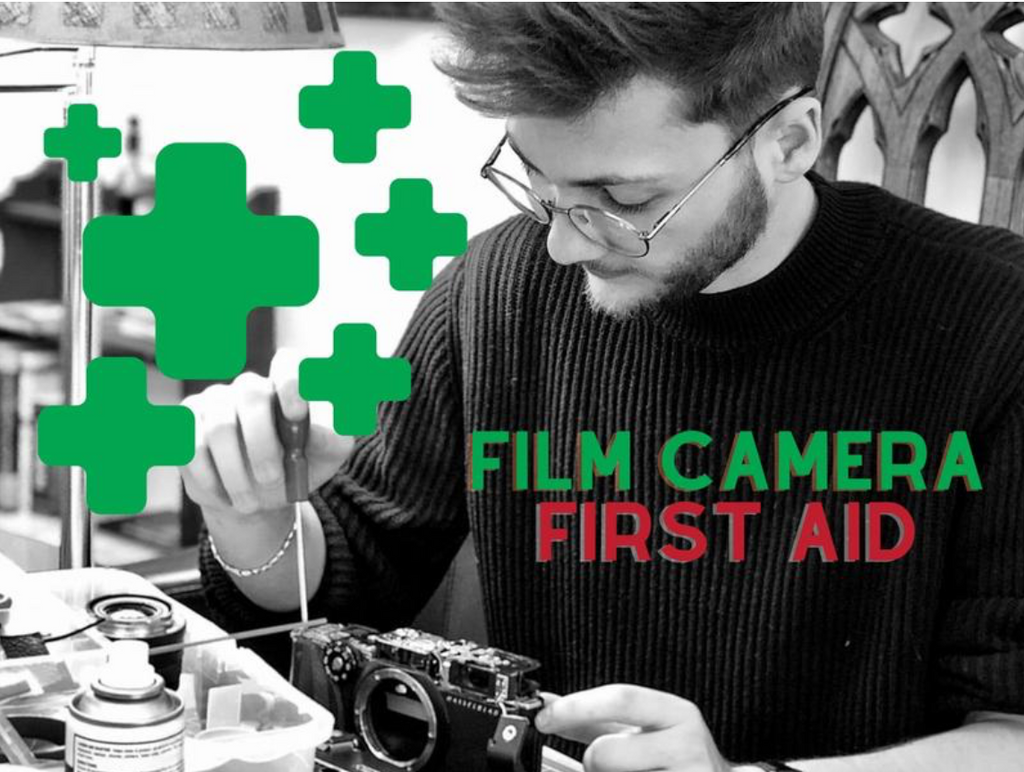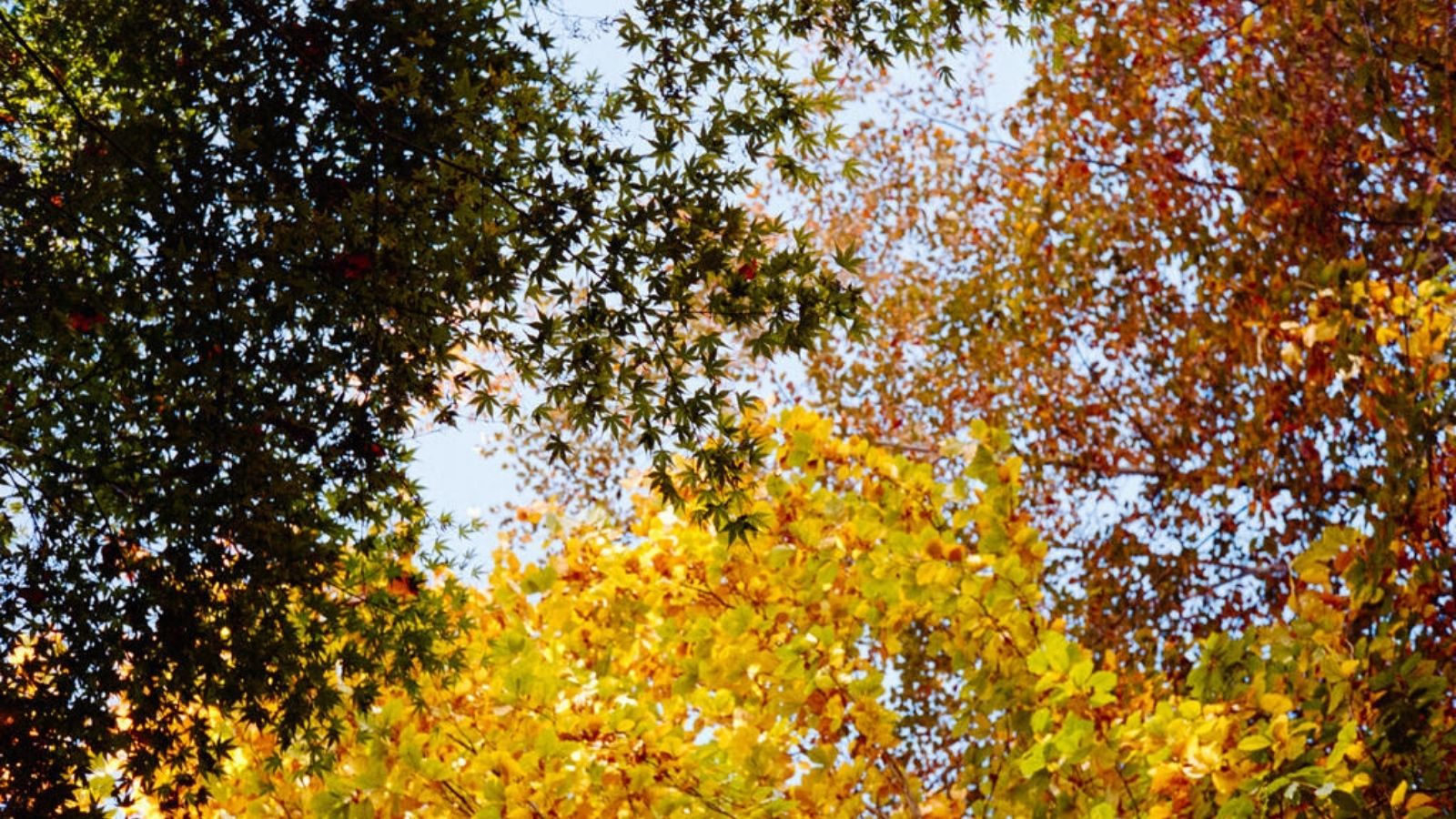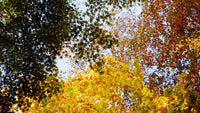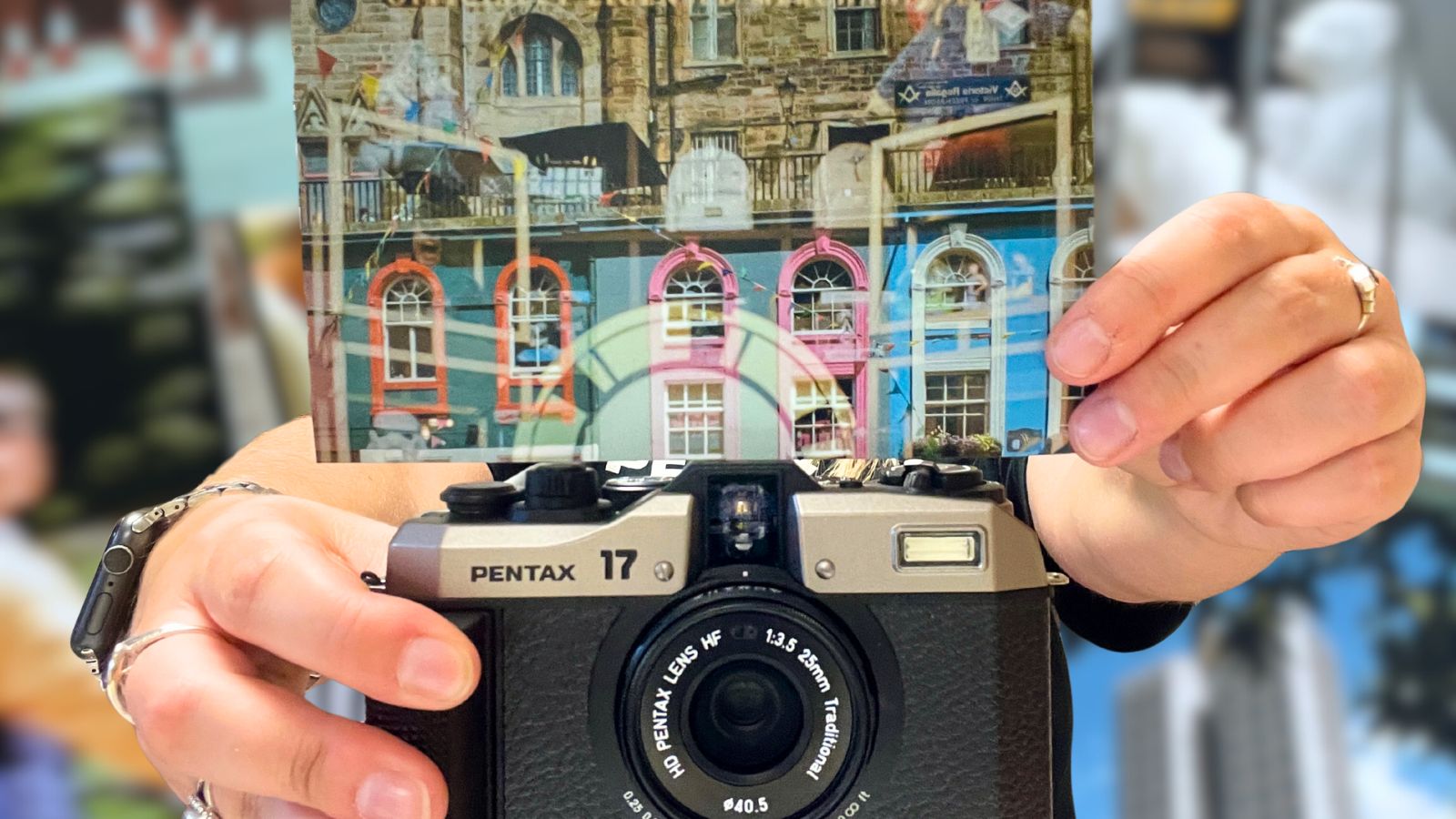As part of our second Big Film Photowalk on 28th June 2025, we ran a free photo competition with Pentax and Kodak prizes up for grabs, judged by Antonio Pisani from Pentax/RICOH. From over 200 entries shot on Kodak Pro Image 100, he selected seven honourable mentions and three winners - read on to see the chosen images...

PPP Cameras: An interview with Pierro Pozella
By Emma Lloyd
We have collaborated with the wonderful Pierro Pozella for an exclusive Black Friday treat. Pierro runs a film photography business called PPP Cameras, where he fixes, restores and sells cameras alongside other awesome film photography accessories. More recently, Pierro has added another service to his business- camera painting! The work he does is just stunning, and we are thrilled to have collaborated with him on a special Black Friday treat for you all, stay tuned to find out more.
Paul interviewed Pierro way back in August 2020 (what a time!). In their talk they discussed 'camera first aid' and how to care for your camera, click the link here to have a read.

Since then, Pierro's business has grown and grown, adding lots of other elements to the business, including a camera re-painting service. Ahead of our collaboration with Pierro, Emma interviewed him to find out more about the evolution of PPP and the process of re-painting a vintage film camera.
How did you get into film photography?
I first got into film photography when I was 14 yrs old. I was a runner for autocar/whatcar magazine and at time, they still had an inhouse darkroom specialist for printing the archive negatives for clients and when needed for the magazines. Their technician introduced me to the darkroom process - teaching me to hand print negatives dating back to the 1920s. She also helped me to understand the basic principle of how light can generate an image - teaching me to build pinhole cameras, which fuelled my curiosity and heavily influenced my repair work and art practice. I have now developed cameras that can perceive wave lengths beyond human vision such as electro magnetic fields and x ray radiation, both running on traditional photographic processes to capture visual data and imagery.

What do you love about the process of shooting film?
Being able to capture a moment and memory in such a tangible way that cannot be replicated with digital technology is what I love most about shooting film.

The image above was captured by Pierro on a custom made cameras developed to capture electromagnetic fields during my MA at the RCA. This image shows an electromagnetic field that was captured locally to Pierro on coloured photographic darkroom paper.
What is your favourite camera to work on?
I really enjoy working on cameras from 1920-1950s as I spent many years practising on these and enjoyed seeing their iterations and developments over the years internally. I find these the most interesting as they are fully mechanical - so you can see every piece, every bearing , every spring moving interlocking with the next causing an action and reaction to take place. Seeing how a few companies (Zeiss Ikon ) over engineer mechanisms and designs to work in weird and wonderful ways, whilst still performing just a basic function, its exciting to see the companies during these eras taking so much pride in the designs and engineering in their cameras.
When did you start PPP Cameras? Can you tell us how the business has grown and evolved?
PPP Cameras originally started as PPP Repairs several years ago. It has quickly developed and grown over the years with the company transitioning the name to PPP Cameras - now offering a range of services beyond just repairing cameras. These services include : camera repairs , second hand equipment , custom painted cameras, custom made spare parts and more services to come in the new year.
I originally started with repairing cameras for a few local shops and then moving onto repairing for bigger organisation in London. This quickly grew whilst I was studying with repairs starting to come in from all over the world. We have come a long way since first starting the company and have since developed custom pieces of equipment for national geographic photographers, custom lenses made for Kodak museums to capture holographic plates and custom repaints have been produced for names such as Kith and New Balance. We are continuously grateful for the community that is always supporting us with repairs, custom work and donations of broken cameras helping to grow our knowledge and PPP Cameras
Tell us about the process of repainting cameras- what are you excited about?
The process of repainting cameras is that you can bring the camera into a world of its own. Taking an used scratched and worn 50yr plus camera , and breathing new life into it as once repainted it feels like a completely new camera.
The process of repainting a camera involves several stages. The first - taking the main housing apart separating all glass windows, small components and screws form one the camera. The parts are then prepared before media blasting, to remove the chrome layers normally applied to most cameras - this is to ensure the best adhesion of the paint that is used. Once media blasted, the parts are given a final once over to remove any excess debris that may effect the finish. Then the paint is prepared, stands are custom made for each part and then the parts are coated before being baked for several hours to create a strong bond between paint and camera to create a strong finish that will last with age.

Earlier this year Pierro created a limited series of custom painted Contax G2 cameras for a collaboration between Kith, Mad Paris, Globe-Trotter, Japan camera hunter and New balance. Each camera was repainted to specification for Ronnie Feig to match his 990 anniversary collaboration with New Balance. You can read more about the collaboration here.
What would be your dream camera to repaint?
My dream repaint would be a Leica M3 which I completed on my personal M3 this weekend. It was finished in a grey with chrome accents that lift the entire finish. It now feels like a completely new factory finished camera especially after servicing the entire mechanical components internally.

Pierro's Leica M3- a little project that he has been working on with the master repairer who is training him
Can any camera be repainted, how does the service work?
Most cameras can be repainted - it really depends on the compound and materials originally used to make the housing and parts of the camera. If the camera is metal, this is much easier to work with and repaint. Plastics can also be repainted, however they can be harder to work with. Even some metal cameras are not metal for instance, I have recently repainted a Olympus OM10 and even though with age this shows metal wear underneath the paint work this is such a thin coating on top of the actual plastic used to develop the camera housing. I was still able to repaint the camera as I understand the materials from experience repairing them over the years.
The service is very simple and easy, the customer contacts us with the camera they would like repainted and a colour or colours they have in mind, we then work with them to find the best design and finish they are after.
Why do you think it is important that we revive old cameras when there are cheaper alternatives available?
It’s important to revive old cameras for the history alone, so many cameras hold such extensive history industrially but also personal sentiment attached to each individual. The memories attached to them from their childhood, of parents, grandparents and great grandparents, memories from events over the years. This in itself, something that would never be replaceable.
There are cheaper alternatives yes that’s true but a lot of the modern day cheaper alternatives are not built in the same way. A camera built over 50years ago fully mechanical is still working and after a service it will last another 50 years - a point that Dan Ho makes too. Some of the modern alternatives like most modern electronics are seen to be replaceable rather than repairable. That being said there are many smaller camera makers who have developed cheaper alternatives that are repairable and built to last to offer everyone a starting point into the world of film photography.

What advice would you give film shooters to care for and maintain their cameras?
Keep an eye on your batteries don’t let them corrode. Just clean your camera form time to time, the amount of camera that come in for repair caked in dust and dirt is what causes a lot of smaller issues to come up. Simply by polishing your camera externally just caring for it as you would anything else you owned will help prevent future issues. A microfiber cloth and some house hold polish from the pound shop and for optics a lens cloth, this comes with your glasses if you wear glasses. And make sure you use your camera- if it sits on a shelf for a month, make sure to just cycle through the speeds this will stop it seizing up.
What should film shooters look out for when buying film cameras, can you give them advice on what to be wary of?
A few really easy things to look out for :
Light seals. If you run your fingers across inside the back of the camera you’ll be able to feel if they have gummed up . This is easily repairable, but it will save you from a roll of film that’s fogged or covered in light leaks.
Fungus:
This looks like cobwebs all over your lens optics, or black splodgy marks inside your prism
Test the shutter
Wind it on a fire. Look through the camera - can you see through the lens? If already own a camera, you will have an inkling as to how a camera should feel so you can go off that just to get a basic understanding if the camera you found is generally okay.
Thank you to Pierro for working with us on this very exciting collaboration and sharing with us the story of PPP Cameras. To find out more about our Black Friday deals, head to our blog post here.
Ready to dive in?
Keep Reading
View all
Best Films for Autumn Film Photography: Top Tips for Capturing The Season
Autumn is a magical season for film photography, bringing rich colours, atmospheric weather, and unique tones and textures that we can bring to life with a range of film stocks. Whether you're capturing the natural colours of fall or prefer moody monochrome, we've got film recommendations and shooting tips to help you photograph the season beautifully.

Kodak Summer Competition 2025: The Top 20 Winners!
We've loved welcoming another lot of incredible film photos taken on underrated emulsion Kodak Pro Image 100 35mm film, as part of our Kodak Summer Photo Competition! Read on to find out Andy from Kodak's top 20 image submissions from film shooters across the globe.
Subscribe to our newsletter 💌
Sign up for our newsletter to stay up to date on film photography news, sales and events:
Free Tracked Shipping
On all UK orders over £50
Passion For Film
An unbeatable range and an on-site lab
Our Customers Trust Us
Thousands of independent 5* reviews
All Deliveries are Carbon Neutral
Independently audited and verified by Planet
- Opens in a new window.





